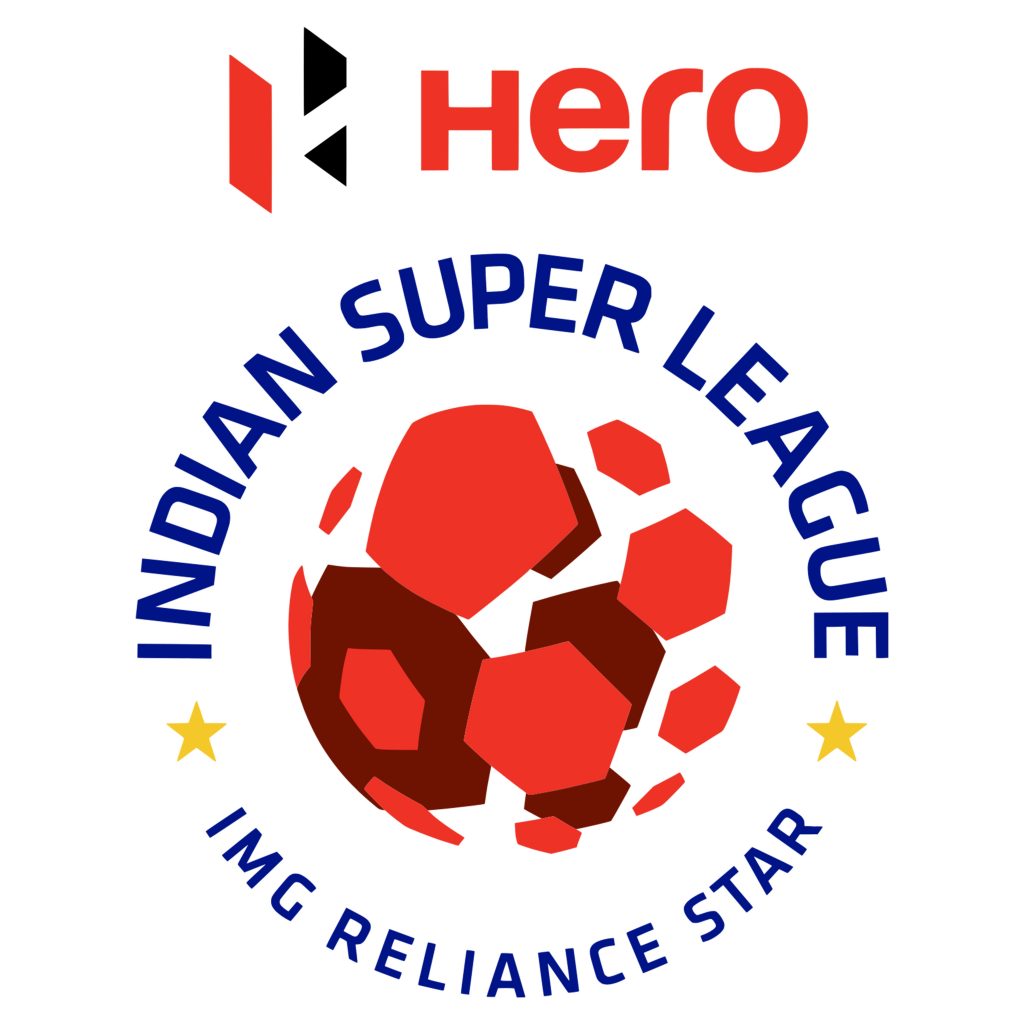
It’s a momentous day for all of us today as I stand along with the world’s footballing legends to unveil the pride of the Indian Super League. As these role models have inspired hundreds of thousands of players worldwide, I am sure the ISL trophy will also stand as a symbol of aspiration for many youngsters in an emergent India.”
The aforementioned quotes from Nita Ambani, founder and chairperson, Football Sports Development Ltd (FSDL), was delivered on 5th October 2014, as the nation’s football fraternity had its first glance on the Indian Super League (ISL) trophy.
A new football league in a country that breathes cricket was nothing less than a ‘pure experiment’. However, the gamble paid off from the very beginning, attracting a record 75 million Television viewers for the opening fixture. When ATK lifted the title at the end of the season, Indian football opened a fresh chapter, with 429 million viewers for its newbie league.
Fast forward to 2020, ISL is India’s premier football competition and a regular supplier of young talents to the national squad. In a very short span, the six-year-old league has carved a name for itself among the mid-tier leagues around the world.
Although the quality of football instilled by ISL remains an arguable topic, the spectators have developed a fascinating connection with the league. This link is without doubt anchored by the popularity of ISL on social media platforms.
Looking back at the pre-ISL times, hardly could we find a Youtube channel sharing updates on Indian football. While Facebook was flooded with pages praising athletes of all other sports, never did we find a community backing football in the country. The story remained the same across all digital platforms. The unconditional love for European football was a distant dream for the Blue Tigers.
There was a quick change in the plot given the introduction of ISL. The initial stardom in the likes of Sachin Tendulkar, Sourav Ganguly and other notable celebrities off-the-field attracted the public to have a look at the new league. The clubs and the league together played a notable role here, retaining at least a portion of this initial crowd pull.
Fan engagements and public interactions on social media, a new thing for Indian football, was put to the best use with the available resources. The vital first step by the clubs was soon taken over by the aficionados all over India.
Official fan groups followed the clubs and rivalries outside the pitch gathered pace. Debates, interviews, opinions and rumours on ISL started finding spots on social media platforms. The system took a solid form as pages stepped up to professional standards while keeping the fans updated.
As of now, ISL has three different, but key parts grabbing attention from the public.
Firstly, the official club handles act as a direct link between the players and followers. Most clubs make good use of these platforms, shedding light upon what they want the people to see. Kerala Blasters, with a follower base of 1.5 Million on Instagram, is a prime example of a club spreading its activities outside the field.
Official fan groups who are always close associates of the clubs are not left behind in the digital shift. From matchday preparations to non-football activities, social media is the unifying factor for all these communities. West Block Blues of Bengaluru FC and Manjappada of Kerala Blasters are laudable supporters of ISL.
The newer component of Indian football on social media is fan-run pages and channels. Mostly operating without financial returns, they undertake an important task of breaking the updates kept away from official channels. Although they are often aided by the more specific media houses, these ‘informal houses’ have played an important role in spreading the message among the masses. They acquire a more prominent role in the off-season as the impatient fans tune in to know their club’s latest signings.
With different parties working exclusively, but with a common base, Indian football and more specifically ISL has managed to arouse an excitement beyond the stadiums.
Although the average stadium attendance has indicated a negative trend over the years, the overall viewership figure has kept climbing. The recently concluded 2019/20 ISL season echoed this positive note with a 51% rise in viewership from the previous year.
While sublime level of football is inevitable for the growth of any league, an active social media involvement is a promising aid in spreading the word. If the ISL can maintain its upward projection on and off the pitch, Indian football can attract the European club maniacs in the country.

